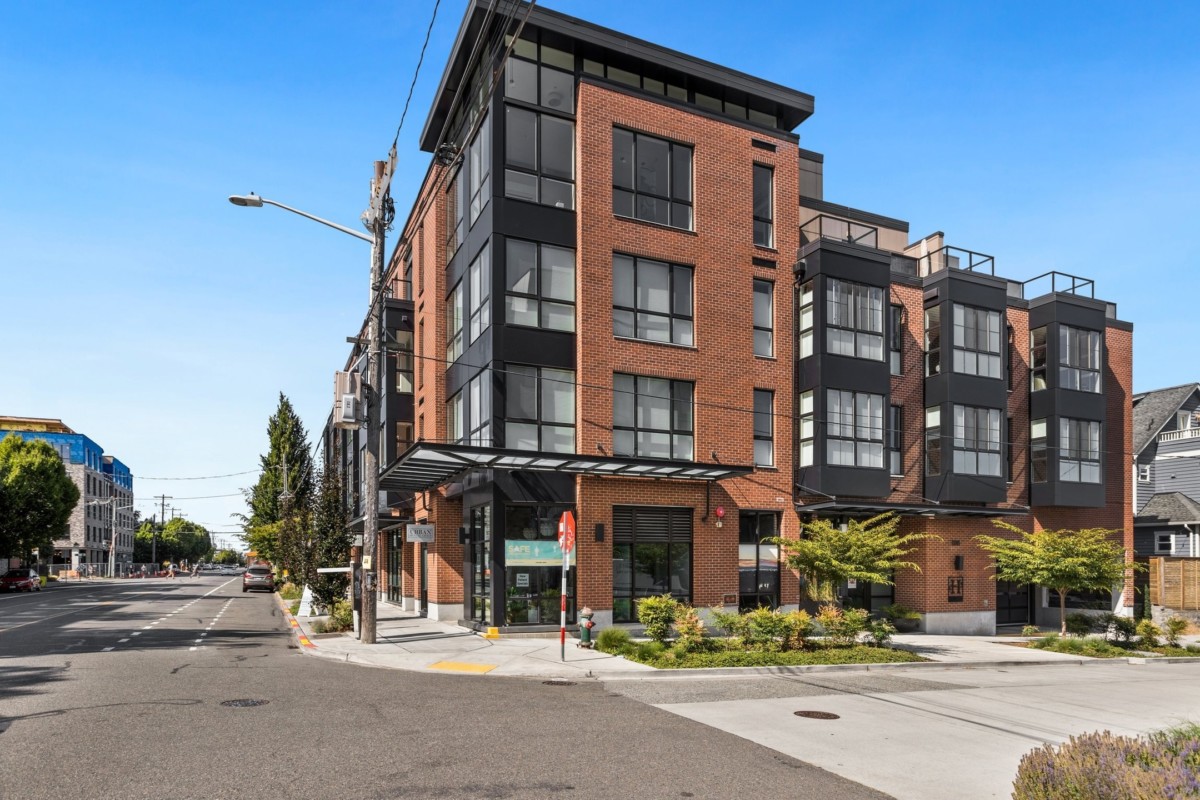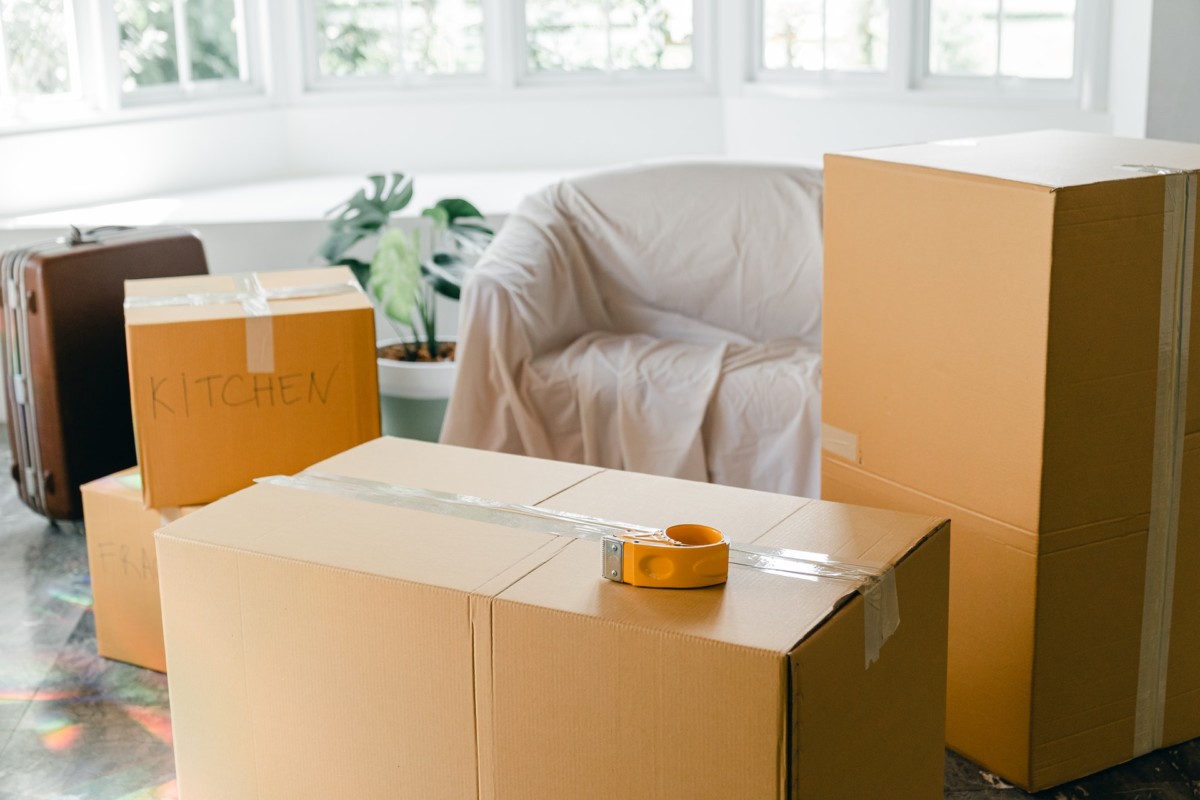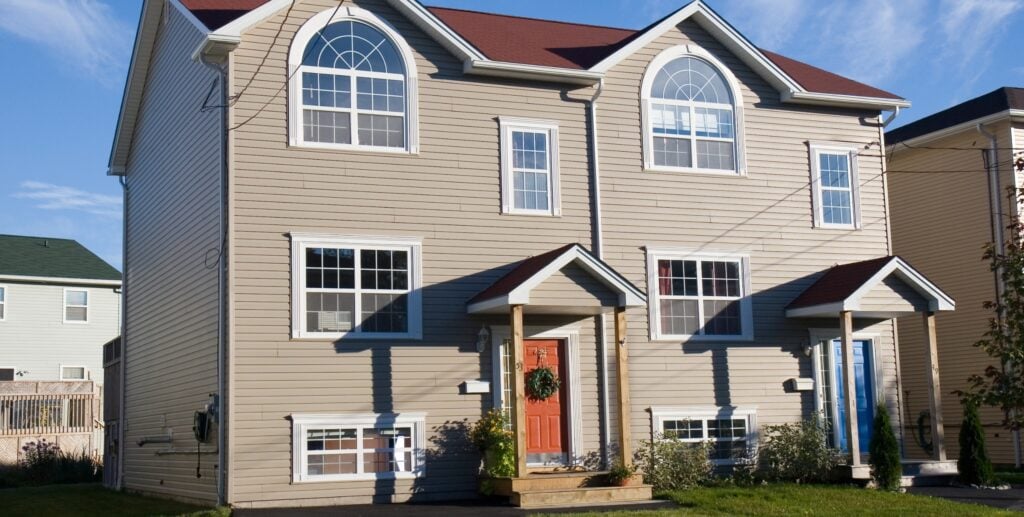15 Must-Know Apartment Renting Tips

Renting an apartment can be exciting, but also stressful if you’re not prepared. Whether you’re a first-time renter or moving into a new place, it’s important to know what to expect and what to watch out for. From understanding your lease to spotting hidden fees, this Redfin article shares 15 apartment renting tips to help you make smart decisions and avoid costly mistakes. Whether you’re touring apartments in Austin, TX or narrowing down listings in Chicago, IL, this guide will help you rent with confidence.

Quick answer: What are the most important tips for renting an apartment?
Top tips for renting an apartment include:
- Create a realistic rental budget
- Check your credit score and rental history
- Make a list of must-haves and deal-breakers
- Ask smart questions about utilities, policies, and fees
- Read the lease in full before signing
Below, we’ll walk through each one of these and more in more detail.
1. Know your budget before you start searching
Before browsing listings, figure out how much rent you can afford. Experts recommend spending no more than 30% of your gross monthly income on rent. But don’t stop there—factor in utilities, parking, Wi-Fi, renter’s insurance, and other monthly expenses. If you’re relocating to a new city, research the average costs of living in the area. Tools like rent calculators can help break it down.
You can also explore our full budgeting guide: Budgeting for Rent: Know How Much Rent You Can Afford.
2. Check your credit score
Most landlords run credit checks to assess whether you’re a reliable tenant. A good credit score (usually 670 or above) shows you pay bills on time. If your score is lower, you may be asked to pay a higher deposit or bring on a co-signer. Check your credit ahead of time and resolve any errors or outstanding balances to improve your chances.
3. Make a list of must-haves and deal-breakers
Define your priorities before you get swept up in listings. Do you need pet-friendly policies, in-unit laundry, or a parking space? Would you prefer a walkable neighborhood or access to public transit? Separate must-haves from nice-to-haves to narrow your options and avoid wasting time touring places that don’t meet your needs.
4. Start your apartment search early
Apartment hunting can take longer than expected—especially in competitive rental markets. Begin looking at least 30–60 days in advance. Peak rental seasons (spring and summer) often have more availability but higher demand. Starting early gives you more options and time to compare listings, negotiate rent, or wait for the right unit to become available.
5. Use multiple apartment listing sources
Expand your search beyond just one platform. Use a mix of national rental websites (like Redfin Rentals, Rent.com, or ApartmentGuide), local Facebook groups, neighborhood bulletin boards, and property management company sites. Some landlords only post on local platforms or physical signs outside the unit—so drive around areas you’re interested in if possible.
6. Tour the unit in person (or virtually)
Never sign a lease without seeing the unit first. In-person tours let you spot potential issues like water damage, mold, pests, or noise. If you’re moving long-distance, ask for a live video tour and request to see inside appliances, under sinks, and the view from the windows. Don’t assume the photos show the full picture—they rarely do.

7. Ask smart questions
During your tour, don’t hesitate to ask questions like:
- Are any utilities included in rent?
- What’s the average monthly utility cost?
- What’s the policy for repairs or emergencies?
- Are there move-in or admin fees?
- What’s the guest policy or parking situation?
These questions help uncover hidden costs and ensure you know what you’re signing up for.
For more ideas, check out our full list of 66 Questions to Ask When Renting an Apartment or House.
8. Take photos of the unit before move-in
Once you’ve chosen a place, document its condition before moving in. Take timestamped photos or videos of every room, including any dents, scratches, stains, or appliance issues. Share them with the landlord or property manager and save copies for yourself. This can help protect your security deposit when it’s time to move out.
9. Review the lease thoroughly
Don’t rush through your lease—read it carefully before signing. Look for:
- Lease start and end dates
- Rent amount and due date
- Late payment penalties
- Rules about subletting or roommates
- Maintenance responsibilities
If anything seems unclear or unfair, ask the landlord to clarify or adjust it in writing. Never rely on verbal promises.
10. Understand the security deposit terms
Security deposits usually equal one month’s rent, but this varies by state and landlord. Make sure the lease explains:
- The exact amount of the deposit
- What could cause you to lose part of it
- How long the landlord has to return it after move-out
Document everything at move-in and move-out to avoid disputes.
11. Consider getting renters insurance
Many landlords now require renters insurance—and even if they don’t, it’s a smart move. This low-cost policy protects your belongings from fire, theft, or water damage, and may even cover temporary housing if your unit becomes unlivable. Most policies cost less than $20/month and offer peace of mind.
12. Gather your documents early
Landlords often rent to the first qualified applicant. Be ready by preparing:
- Government-issued ID
- Proof of income (pay stubs, W-2s, or offer letter)
- Credit report (optional)
- Rental references or contact info from past landlords
- Co-signer details (if needed)
Having these ready to go can give you an edge. Want to better understand the application process? Read our guide: Apartment Applications: What to Expect and How to Land the Perfect Pad.

13. Know your renter rights and local laws
Tenant rights vary widely by state. Some states limit how much a landlord can charge for deposits, how quickly they must make repairs, or what notice is required for eviction. Look up your state or city’s tenant handbook or fair housing agency to understand your legal protections.
14. Do a full inspection before moving in
Schedule a move-in inspection with the landlord. Use a checklist to examine floors, windows, doors, appliances, plumbing, and outlets. If something is broken or damaged, request repairs in writing and keep a copy. Signing off on the unit’s condition upfront can prevent deposit issues later.
15. Get everything in writing
Verbal promises don’t hold up in disputes. If the landlord agrees to repaint, waive a fee, or fix something before move-in, ask them to include it in the lease or confirm it in an email. Clear communication protects both you and the landlord and helps avoid confusion down the line.
Source link






